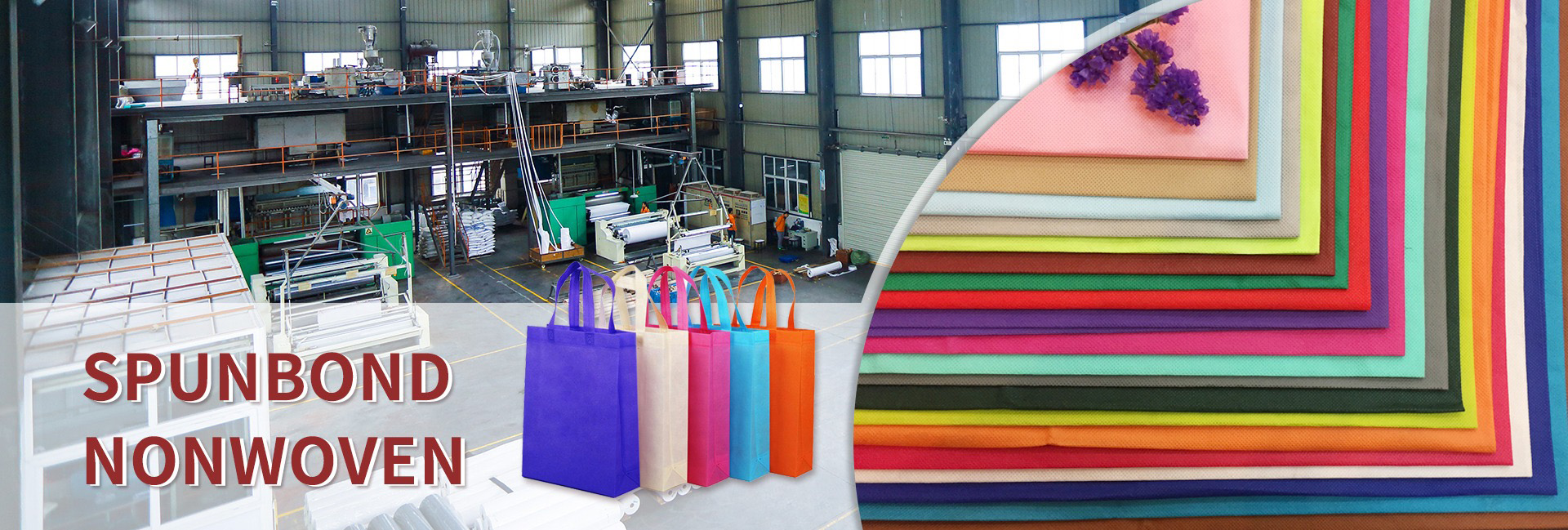This is a highly effective model proven in practice by countless vegetable farmers. Non-woven fabric small arched sheds, low-cost and easy to build, are a key weapon in achieving the “time difference” strategy of wealth creation.
Core Principle: Creating a “Mobile Air Conditioning Room” in the Field
Compared to traditional greenhouses, the core advantage of non-woven fabric small arched sheds lies in their ability to regulate the microclimate:
Insulates and prevents dripping: In traditional plastic film sheds, condensation forms and drips, easily causing diseases and causing excessively rapid daytime temperature increases. The microporous structure of non-woven fabric effectively prevents condensation and provides a “breathing” insulation, minimizing the temperature difference between day and night and ensuring more stable crop growth.
Transparent and Soft Light: It gently transmits sunlight, preventing direct summer sunlight from burning seedlings and providing a more uniform lighting environment for crops.
Breathable and Disease-Resistant: Excellent air permeability effectively reduces humidity within the shed, suppressing the occurrence of high-humidity diseases such as gray mold and downy mildew, and reducing pesticide use.
The “Doubling Your Income” Logic: Time is Money
The key to the lucrative profits of off-season planting lies in the “time difference.” Non-woven fabric greenhouses perfectly achieve this through precise environmental control.
1. Early Market Access: Earn a high premium for the “first bite of freshness”
Application Scenario: In early spring, when the ground has not yet fully warmed up.
Specific Operation: Use a small greenhouse to cover overwintering leafy vegetables (such as spinach and rapeseed) or early spring-planted crops (such as early spring radishes, cherry radishes, and bok choy).
Income Logic: Small greenhouses raise ground and air temperatures, allowing crops to reach market 15-30 days earlier than open-field planting. During this period, market supply is short, and prices are often two to three times, or even higher, than peak season prices. The revenue from the first batch of products to market can potentially offset the entire peak season’s sales.
2. Delayed Harvest: Capture the “last wave” of the market
Application Scenario: In late autumn and early winter, temperatures begin to plummet.
Specific Practice: Covering vegetables grown after autumn (such as cilantro, garland chrysanthemum, and late-maturing cucumbers).
Income Boost: Small arched greenhouses effectively protect against frost, extending the harvest period by 20-40 days. Even when open-field vegetables are off the market, these “last-growth” products can still fetch high prices.
3. Improving Quality and Yield: Achieving “Dual Increases in Quality and Quantity”
A more suitable growing environment means higher yields and better product appearance (thicker leaves, brighter colors, and a better taste). Good appearance naturally leads to higher prices.
4. Extremely Low Cost, High Return: A True “Asset-Light” Investment
Compared to steel-structured greenhouses, which can cost tens of thousands of yuan, small non-woven arched greenhouses cost only a few hundred to a thousand yuan per mu and can be reused for two to three seasons. For ordinary vegetable farmers with limited funds, this is an excellent option for achieving significant gains with minimal effort, offering an extremely high return on investment.
Practical Application Guide: A Four-Season Income Calendar for Vegetable Farmers
Spring (February-April): Prioritizes early spring seedling cultivation and early harvesting of leafy vegetables. Protects seedlings of thermophilic crops from late spring cold snaps.
Summer (May-August): Can be used for summer shade, protection from heavy rain, and insect control. Covering crops reduces the direct impact of strong sunlight, heavy rain, and pests (such as whiteflies and aphids).
Autumn (September-November): Core for late autumn planting, a critical period for increasing income year-round.
Winter (December-January): Can be used to protect overwintering vegetables (such as garlic and onion seedlings) to ensure their safe wintering.
A Specific “Income Account Book”
Take the example of planting one acre of pak choy:
Open-field cultivation: Can be planted in spring and autumn, yielding approximately 2,000 kg per acre, with a wholesale price of approximately 2 yuan/kg at the farm gate, and a gross income of approximately 8,000 yuan.
Small greenhouses can help:
One crop can be harvested earlier in early spring and later in late autumn, equivalent to two extra crops per year.
Based on a conservative off-season price of 4 yuan/kg, the gross income from these two crops is 2 crops x 2,000 kg/crop x 4 yuan/kg = 16,000 yuan.
Added to the original income from spring and autumn, total income can double or even more.
Conclusion
Non-woven small greenhouse technology is like installing an adjustable “season switch” for traditional open-field vegetable fields. It doesn’t alter the soil, but it changes the growing timeline of the crops; it doesn’t require huge investment, but it creates a significant market price difference.
This technology perfectly illustrates that “smart agriculture” isn’t always about high-tech, but rather a prudent and innovative approach that adapts to local conditions and is cost-effective. It has transformed off-season farming from a costly “dream” into a practical reality for ordinary vegetable farmers, truly helping them transform their hard work into a doubling of their income.
Dongguan Liansheng Non woven Technology Co., Ltd. was established in May 2020. It is a large-scale non-woven fabric production enterprise integrating research and development, production, and sales. It can produce various colors of PP spunbond non-woven fabrics with a width of less than 3.2 meters from 9 grams to 300 grams.
Post time: Oct-14-2025

